The best handheld gaming consoles in 2025
The best handheld gaming consoles let you enjoy games on the go
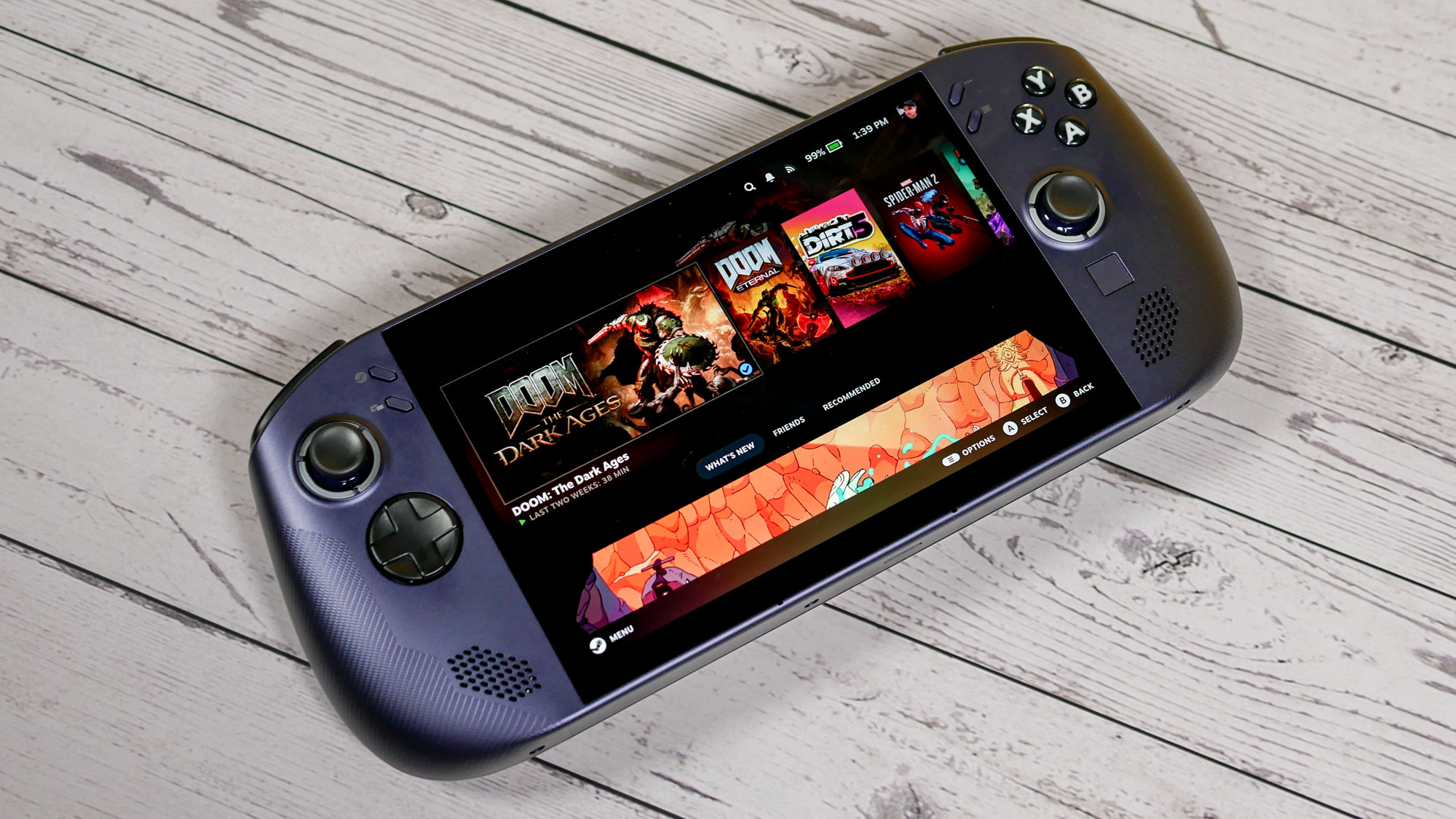
Grabbing one of the best handheld gaming consoles will change the way you play your favorite games, whether you're on the move or simply away from your console or PC. And thanks to the abundance of such devices, they're only getting better.
Seriously, if you were lucky enough to have a Game Boy or PSP back in the day and adored every minute of playing on them, the latest generation of gaming handhelds offers that same kick. This time, with a whole lot more gaming performance to boot, as you'll be playing some of the best games around on them.
For starters, you can't go wrong with my favorite overall system: the Steam Deck OLED. This manages to do something special in giving you PC games in a console-esque experience with a gorgeous OLED display. There's also the new Asus ROG Xbox Ally X, which is one of the finest Windows 11 handhelds. And not to be outdone, the Nintendo Switch OLED is still a great option for budget-minded folks.
If you're looking for the best handheld gaming consoles right now, we've got you covered below.
The quick list
Here are the best handheld gaming consoles you can buy right now based on our testing and reviews.
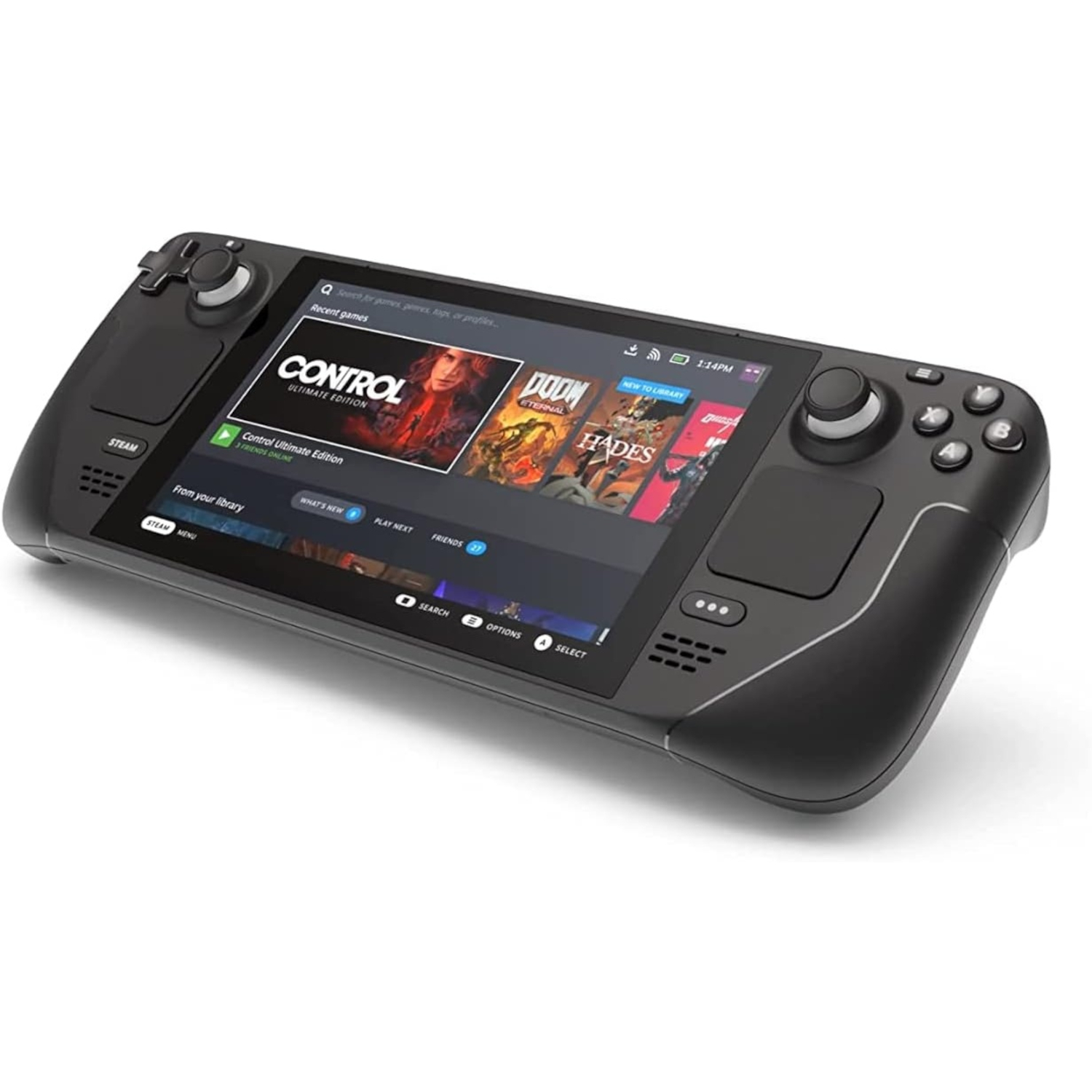
The original Steam Deck was excellent but the OLED model is even better thanks to the OLED display, faster Wi-Fi, improved battery life and additional storage.
Read more below
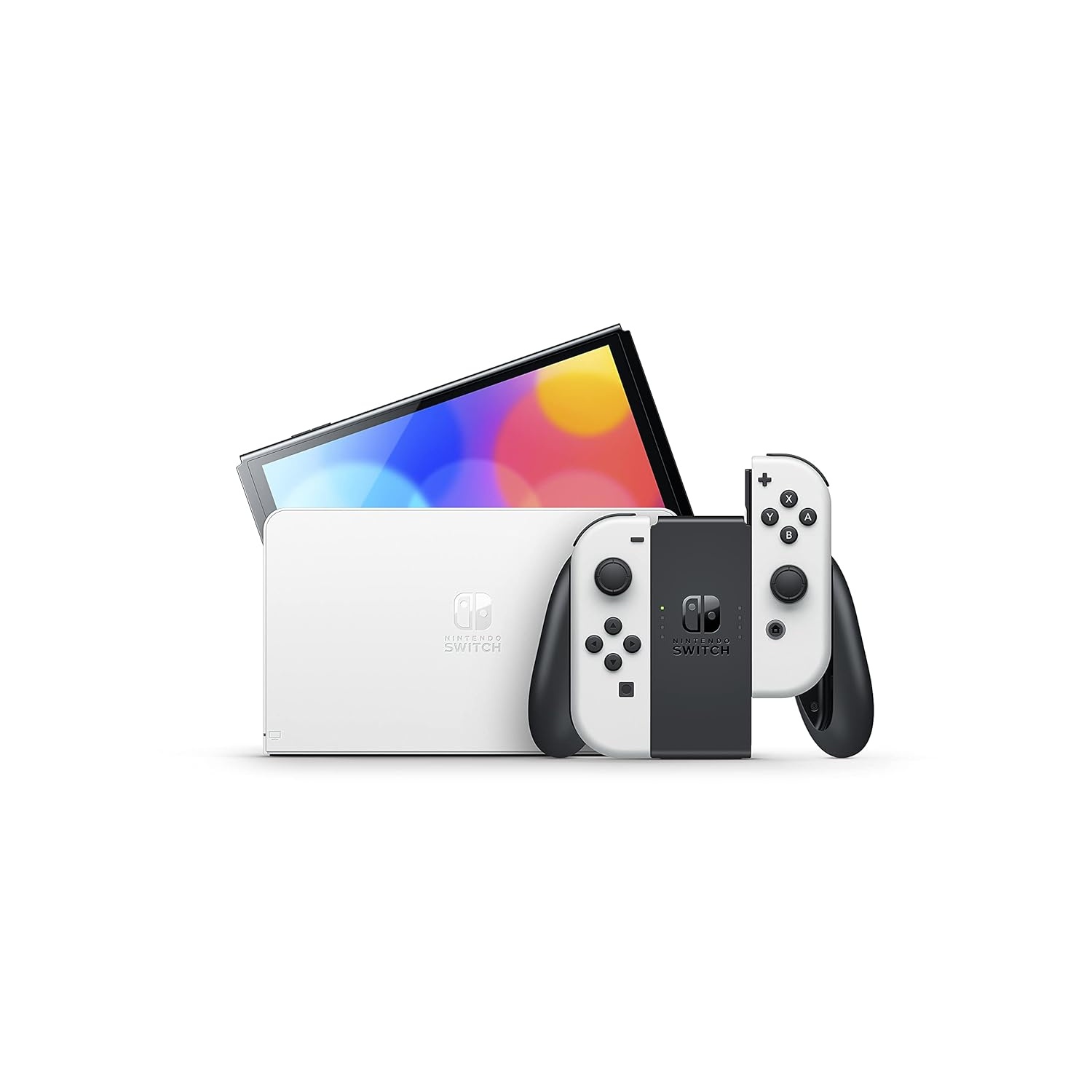
The Switch 2 is great, but it doesn't have an OLED panel! Though it's not new, that beautiful display and quality-of-life upgrades make it a must-have.
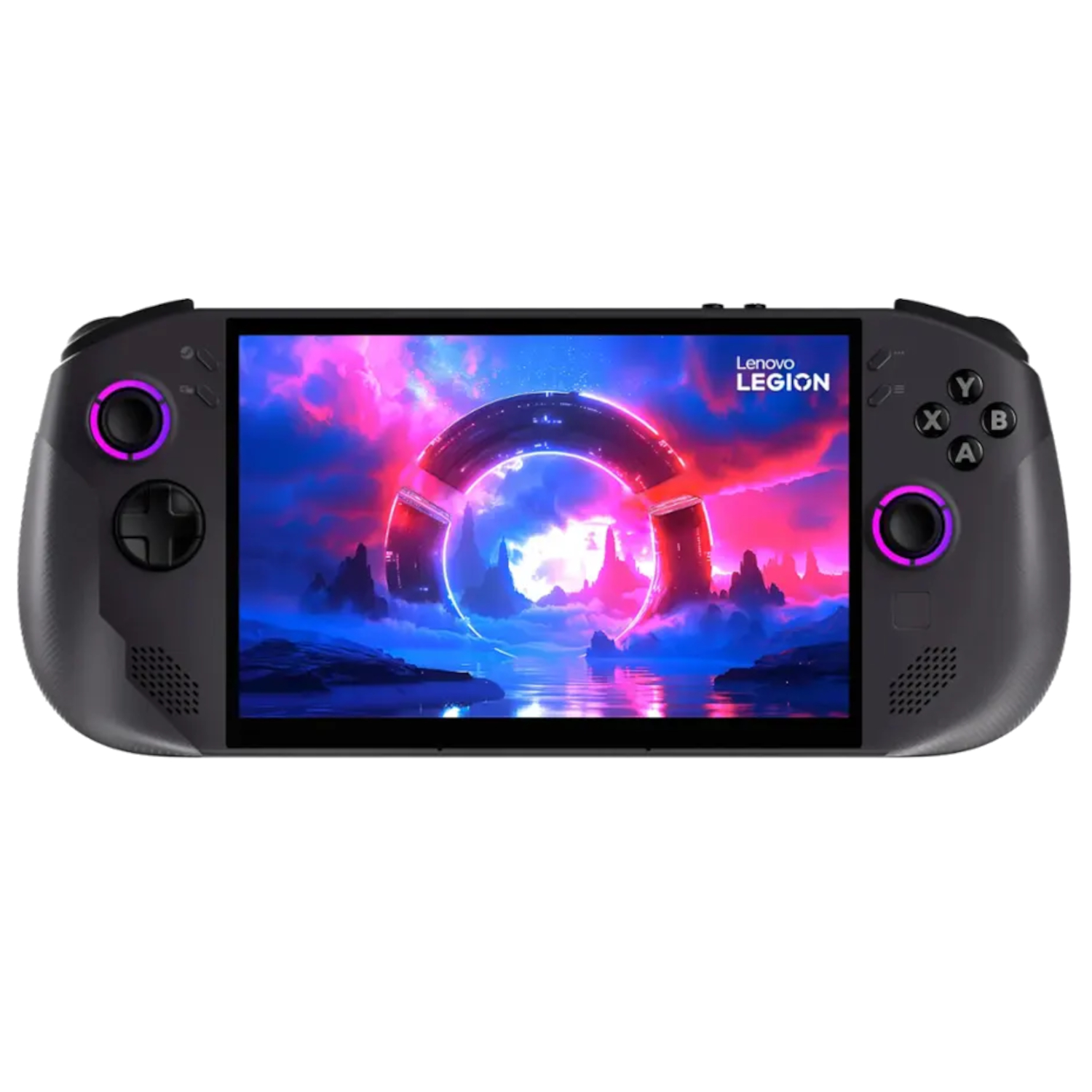
The Lenovo Legion Go S with SteamOS is a true Steam Deck rival thanks to its snappy interface and strong performance. It's not perfect but SteamOS makes up for any shortcomings.
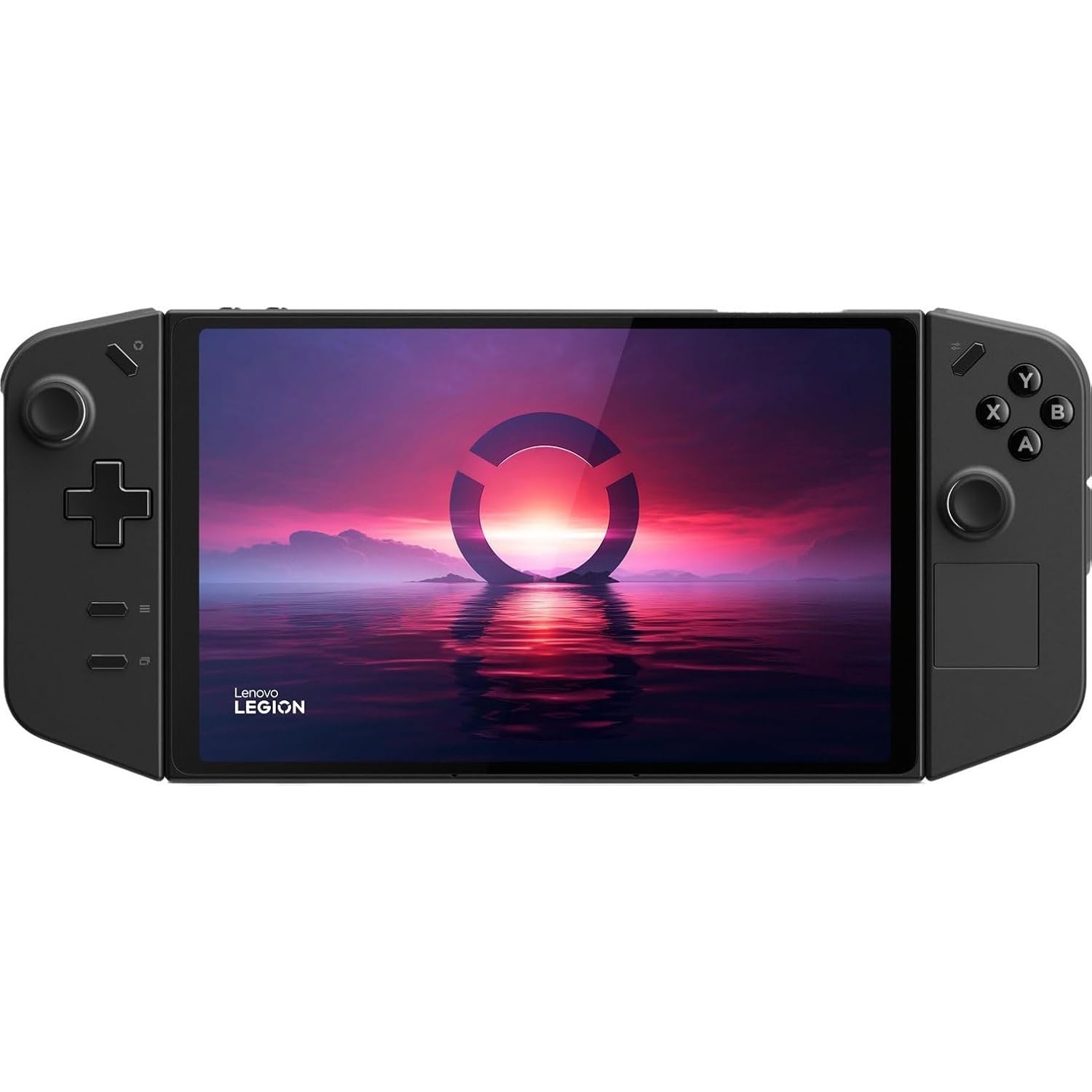
The original Lenovo Legion Go is one of the finest Windows 11 handhelds thanks to its large 8.8-inch 144Hz display and detachable controllers. It's not as seamless as the Steam Deck, but its virtues make it a winner for Windows gaming.
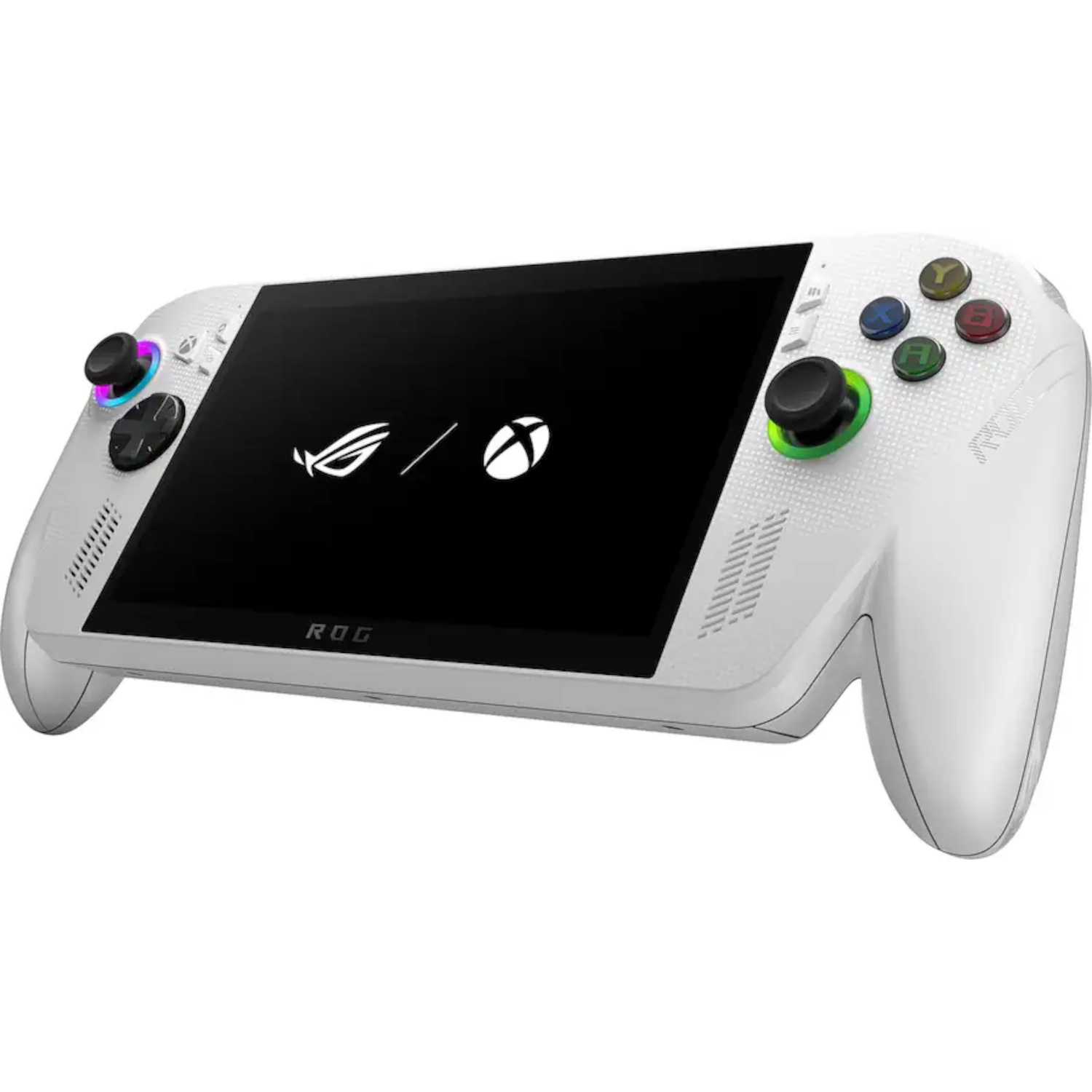
If you want an affordable Windows handheld, the original Asus ROG Ally starts at $599 for the model with the base AMD Z1 chip. It's comfortable to hold and delivers good gaming performance. Though it's not new, it's still a fantastic handheld.
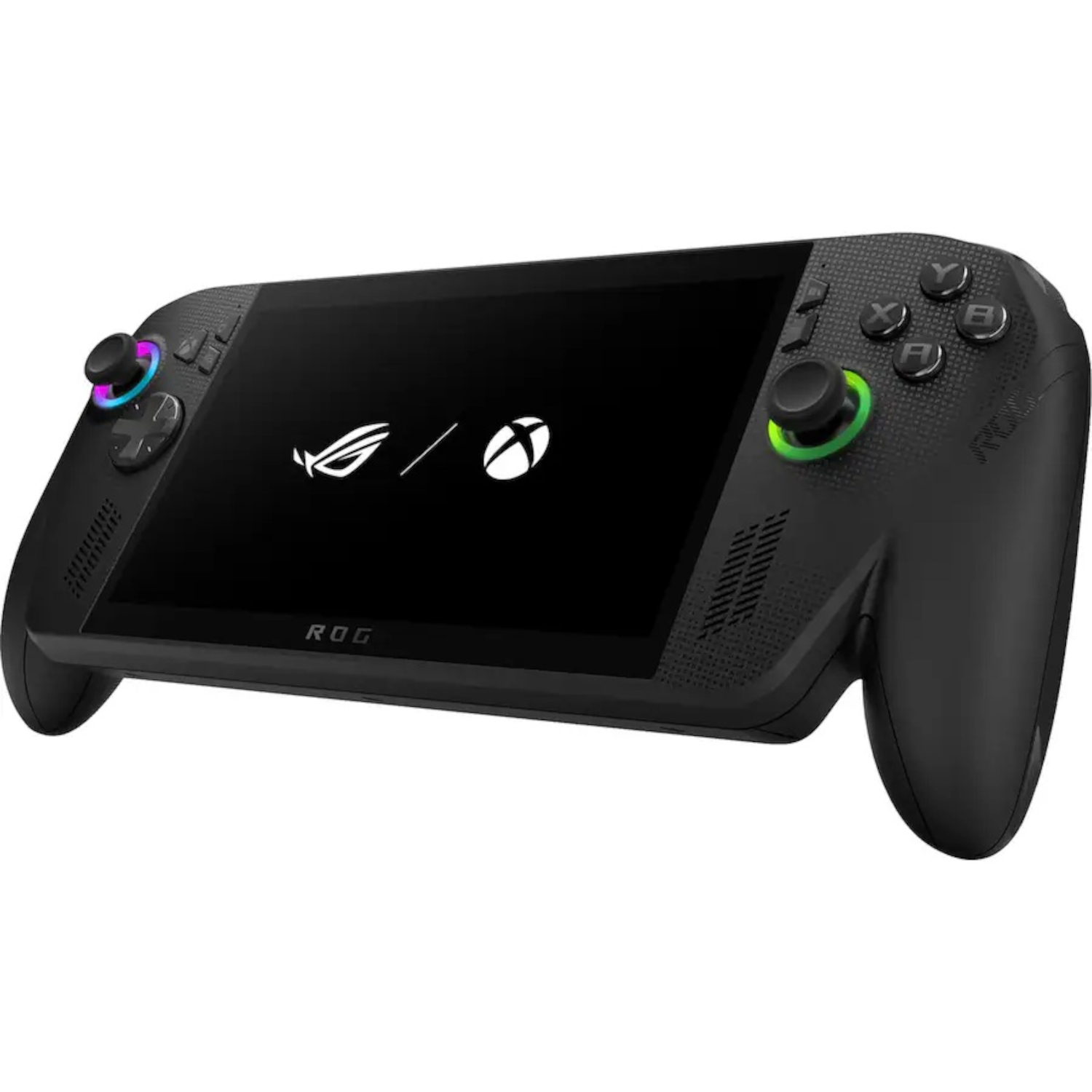
The Asus ROG Xbox Ally X might not be an Xbox, but it's one of the best Windows handhelds. It features an ergonomic design and a lighter version of Windows that delivers excellent performance and battery life. This model is pricey, but it's worth the money.
Load more products...
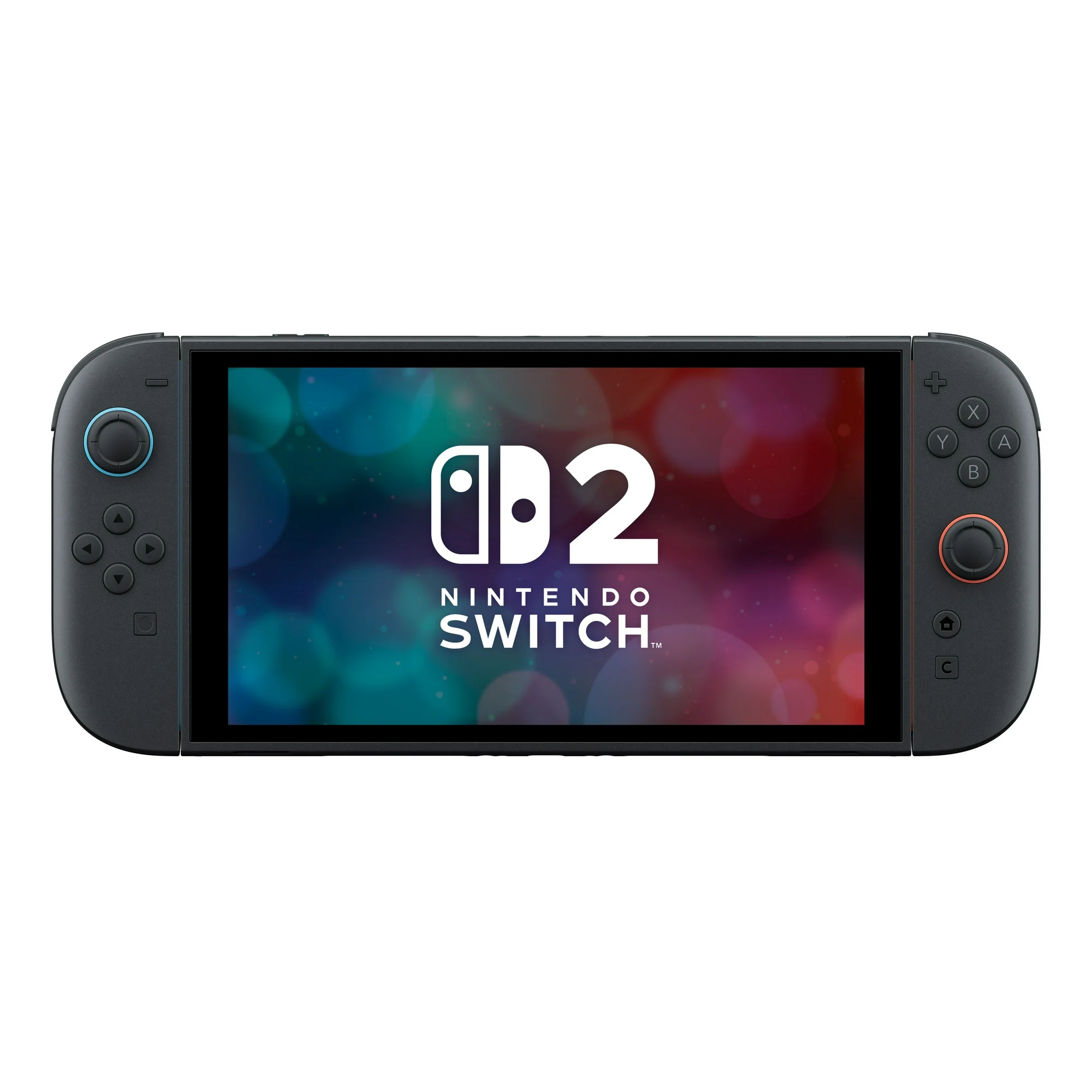
Nintendo Switch 2 delivers impactful upgrades. From the excellent, and noticeably larger, 7.9-inch display to the more powerful internal specs, Switch 2 is a full leap forward, and the best hybrid console you can buy.
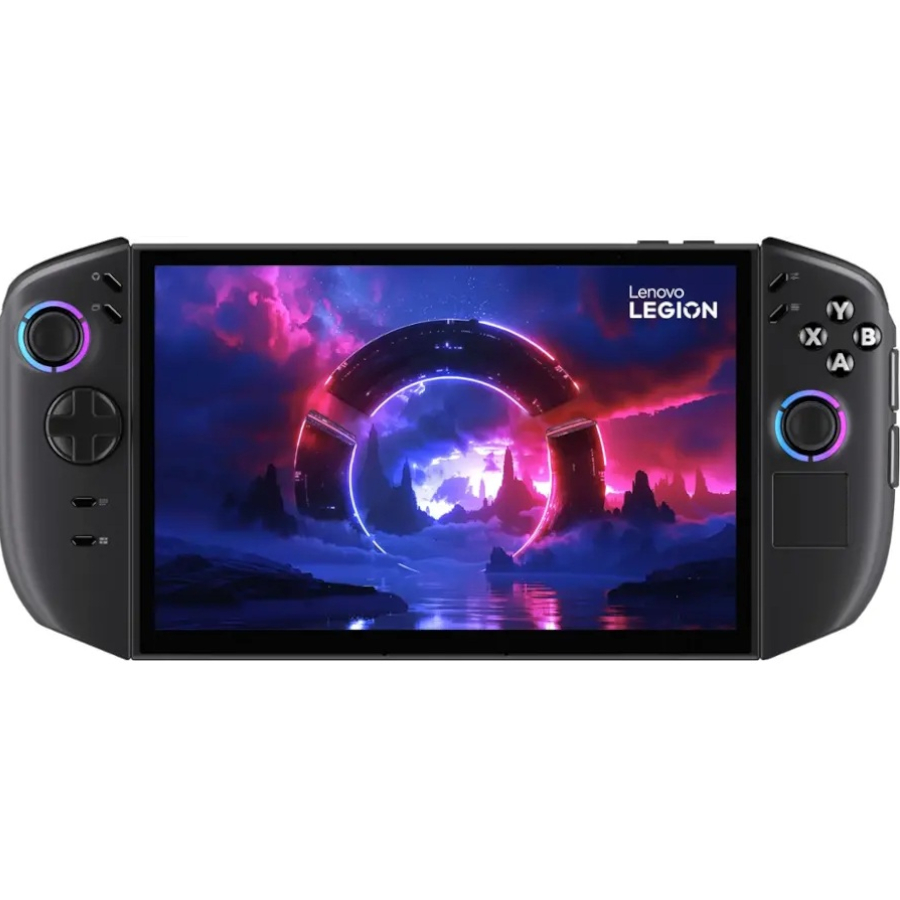
The Lenovo Legion Go 2 impresses thanks to its vibrant 8.8-inch OLED panel, comfortable design, detachable controllers and strong gaming performance. Unfortunately, its high asking price, poor battery life and Windows 11 OS might make you consider other options on this list.

Jason brings a decade of tech and gaming journalism experience to his role as a Managing Editor of Computing at Tom's Guide. He has previously written for Laptop Mag, Tom's Hardware, Kotaku, Stuff and BBC Science Focus. In his spare time, you'll find Jason looking for good dogs to pet or thinking about eating pizza (if he isn't already).
The best handheld gaming consoles you can buy today
Why you can trust Tom's Guide
The best handheld console overall
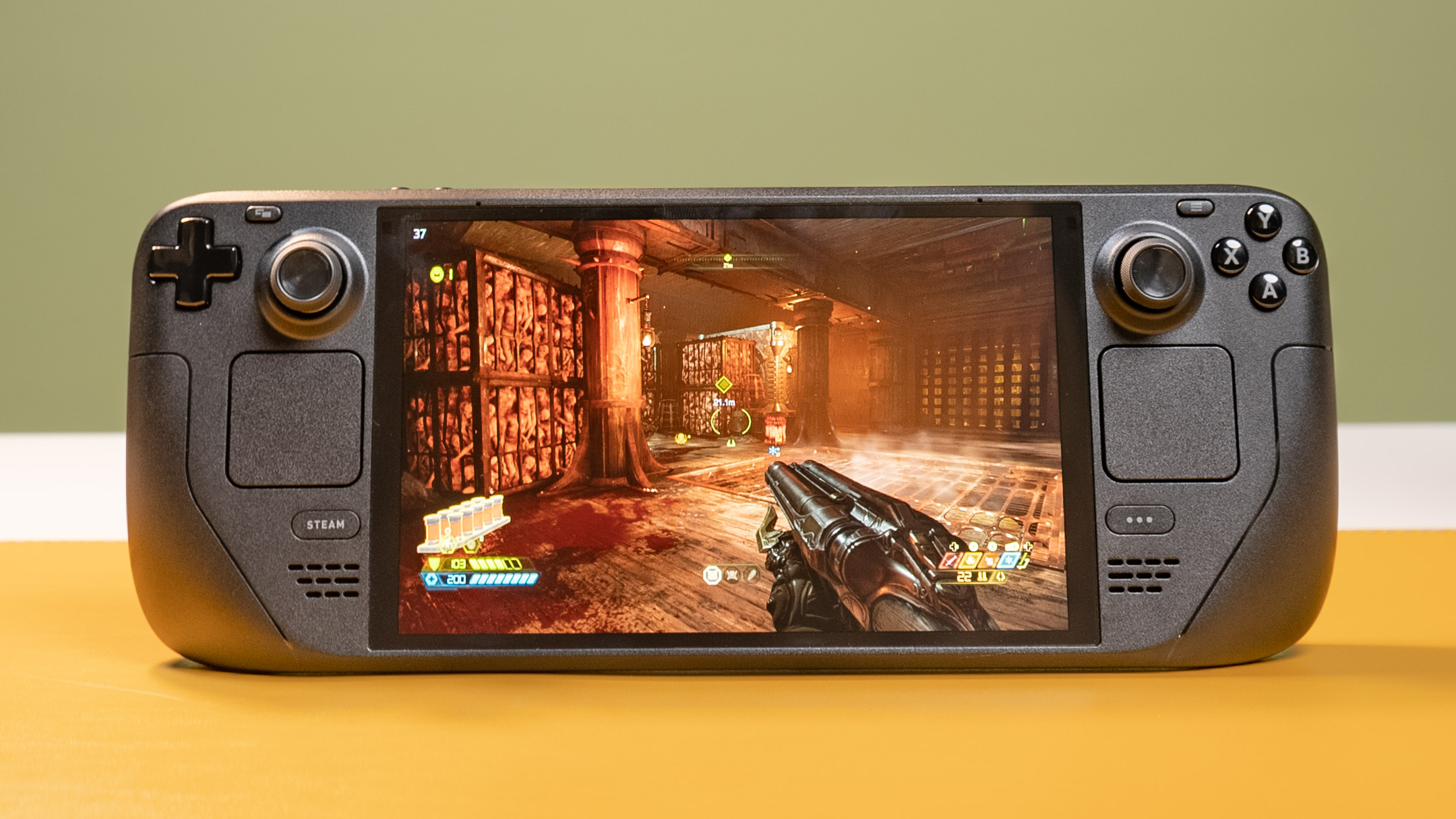
Specifications
Reasons to buy
Reasons to avoid
The Steam Deck OLED is the real deal. Actually, it’s more than that: it’s the best handheld gaming PC ever made. And it’s not all that close. While it’s not a revolutionary upgrade over the original Steam Deck, new features like an OLED HDR-capable display, Wi-Fi 6, and improved cooling make a huge difference. Like its predecessor, this handheld is an engineering marvel.
If you already own a Steam Deck, I still recommend upgrading in the strongest terms… providing you can afford it, of course. Let me be clear about the Deck OLED’s HDR screen: it’s the definition of a “game-changer”. It’s a night-and-day improvement over the subpar LCD panel that often made the best Steam games look washed out on the OG system. Play classics like the Resident Evil 2 remake or Batman: Arkham Knight on the upgraded Deck’s mesmerizing screen and those games now look so much easier on the eyes thanks to the infinite black levels Valve’s revised handheld is now capable of delivering.
If you’ve got a bulging Steam library on either a gaming PC or laptop, Steam Deck OLED gives you a terrific new way to experience your library. SteamOS is a dream to navigate, with Valve creating a console-like interface that works with zero hassle, while the developer also does a marvelous job of telling you what games run well on its handheld PC thanks to its “Deck Verified” ratings.
If you’re into PC gaming, the Steam Deck OLED is a no-brainer purchase. The quality of that incredible HDR display, which can hit peak screen brightness of 600 nits, paired with the strength of SteamOS means no Windows handheld can currently match Valve’s marvelous machine.
Read our full Steam Deck OLED review.
The best handheld for console gamers
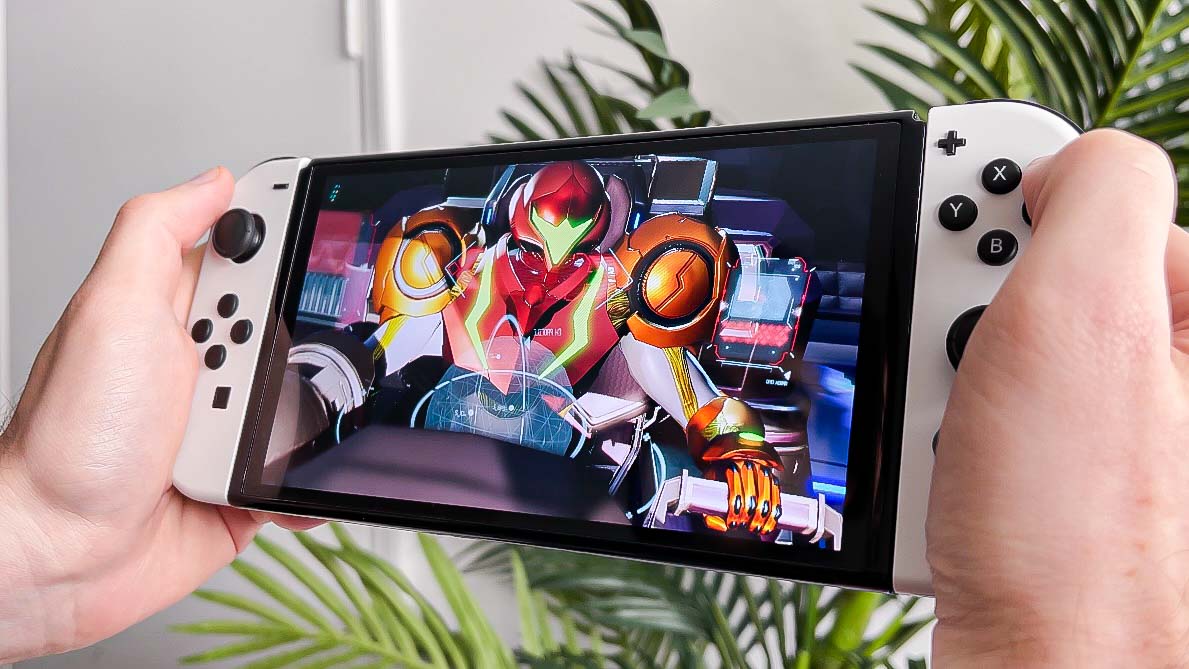
Specifications
Reasons to buy
Reasons to avoid
As the name would suggest, this Switch offers an OLED display that's not only larger than that of the standard Switch but also brighter and more colorful, really making some of the best Nintendo Switch games instantly pop.
The OLED model makes so many quality-of-life improvements that really should have been in place when The Big N’s handheld hybrid first launched in 2017. Chief among them? The OLED version finally has a sturdy kickstand that no longer looks like a stern glance could topple the little console over — I can’t fully describe how much I loathed the ludicrously flimsy stand on the launch version. The addition of slimmer bezels, more convincing speakers and an Ethernet port for the system dock are also welcome additions, I’m glad Nintendo implemented.
The real headline upgrade is that glorious 7-inch OLED screen, of course. As someone who has been obsessed with “organic light-emitting diodes” for a decade, it’s been beyond gratifying to witness some of my favorite Switch titles get instantly transformed and be made way more visually appealing thanks to the perfect black levels OLED brings to the table. Games that primarily take place in dark environments, like the riveting Metroid Dread over the hugely underrated Switch port of Alien: Isolation, look incredible on the Switch OLED’s sensational display.
Thanks to the sheer number and quality of first-party games on the Nintendo eShop, combined with a best-in-class screen that only Steam Deck OLED can compete with in the portable gaming space, there’s no doubt in my mind the Switch OLED is the best handheld the legendary Japanese company has ever made. And that’s really saying something when you consider an incredible lineage that stretches all the way back to 1989’s Game Boy.
But with the Nintendo Switch 2 releasing on June 5, is now the right time to buy That's a serious question to consider, especially since the new system can play Switch 1 games. However, the $449 asking price and the fact that it lacks an OLED display still make the Switch OLED an enticing system.
Read our full Nintendo Switch OLED review.
The best Steam Deck alternative
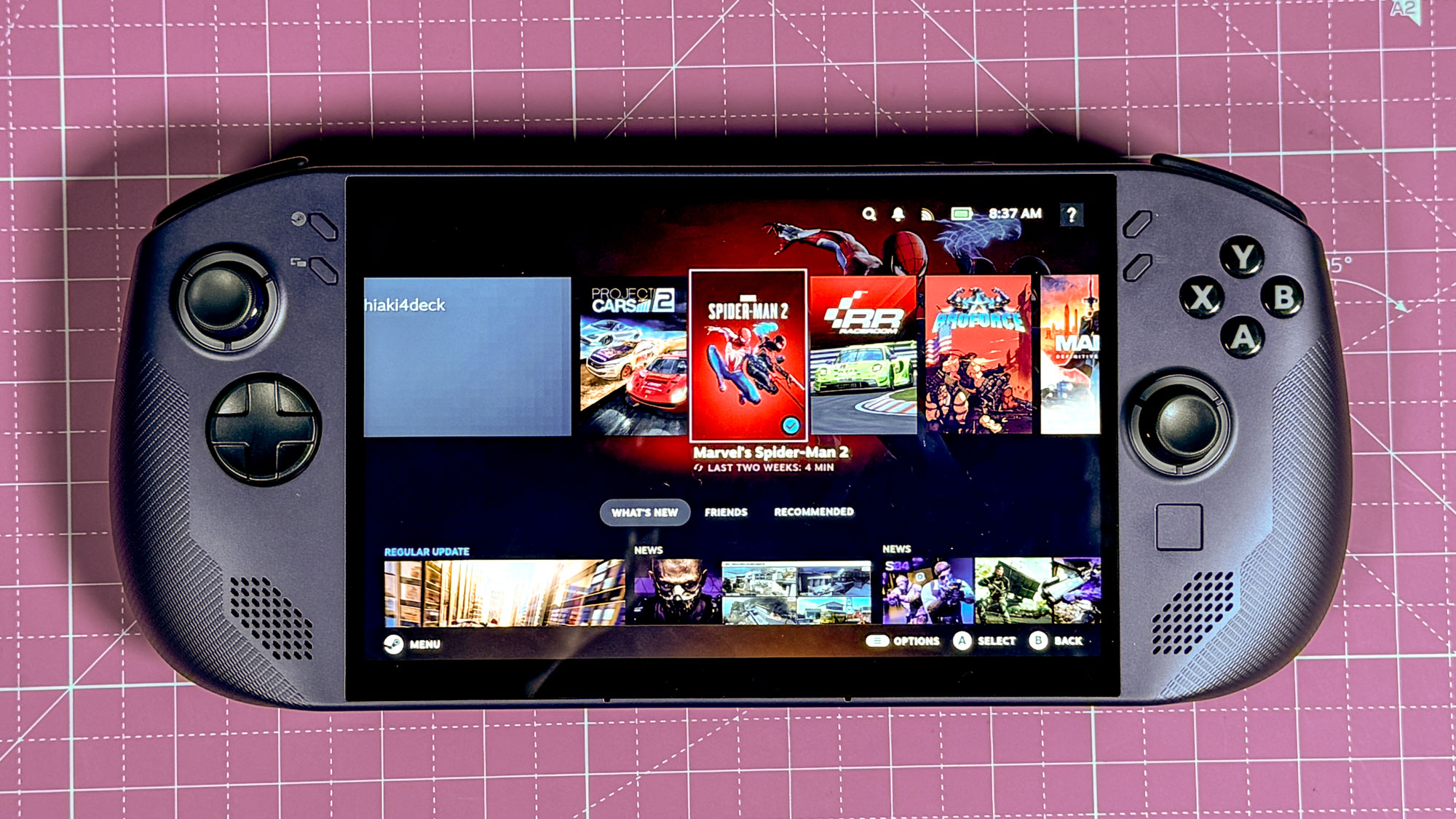
Specifications
Reasons to buy
Reasons to avoid
The Lenovo Legion Go S with SteamOS is the gaming handheld many have been waiting for. While Windows 11 works well on the best gaming PCs and best gaming laptops, Microsoft’s operating system hasn’t really benefited the best handheld gaming consoles. We now finally have a non-Steam Deck handheld running on SteamOS, and it’s better than we could have imagined.
The main difference between this and the Lenovo Legion Go S is their respective operating systems. Besides that, this model has the same design but in a different color. It also has an 8-inch (1,920 x 1,200) 120Hz LCD, trigger locks for the L2 and R2 buttons, and a rounded D-pad.
This handheld crushes its Windows 11 counterparts on usability alone. But thanks to the improved performance provided by the lean operating system and our review unit’s AMD Z1 Extreme chip, we now have the first true Steam Deck rival.
While the Legion Go S with SteamOS might not offer the freedom of Windows 11 or the wallet-friendly price of a Steam Deck or Nintendo Switch, it’s a phenomenal gaming handheld.
Read our full Lenovo Legion Go S review.
The best handheld console for Windows gaming
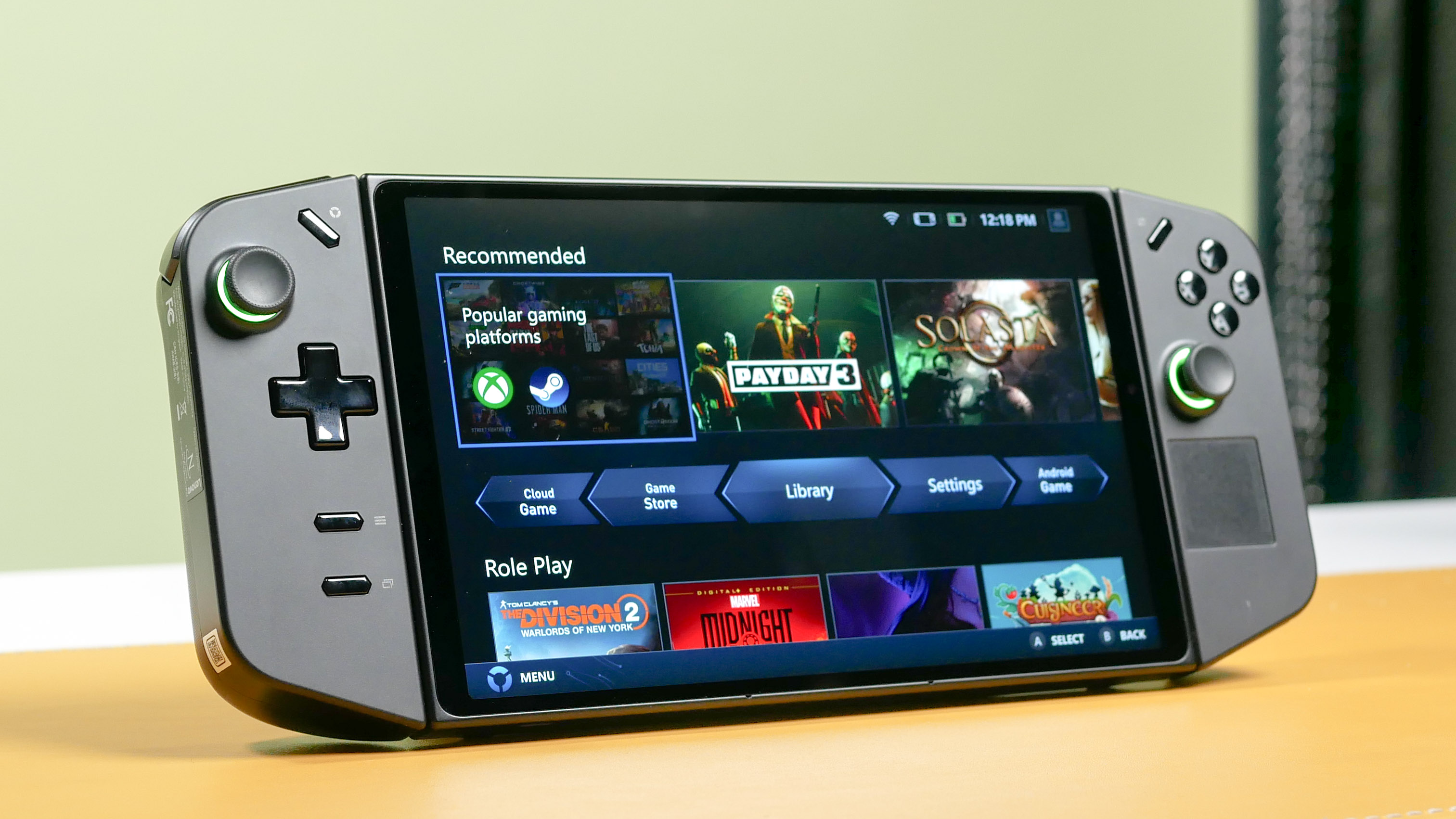
Specifications
Reasons to buy
Reasons to avoid
The original Lenovo Legion Go might be outclassed by the new Legion Go 2, but it still offers many of the same features, only at a lower price. With its large 8.8-inch 144Hz display, powerful AMD Ryzen 1 Extreme processor and detachable controllers, this Windows 11-powered gaming system has a lot going for it.
In my book, Lenovo makes some of the best gaming laptops and best gaming PCs out there, so I’m not surprised that the company’s gaming handheld looks and feels like a premium product. Despite its virtues, though, I feel the Legion Go's greatest strength is also its biggest weakness — namely, Windows 11. While the ubiquitous operating system allows for a great degree of customization via apps and programs, it also prevents Lenovo’s machine from being an easy-to-use gaming handheld. In my opinion, it’s not in the same league as SteamOS.
While the Lenovo Legion Go isn’t perfect, its extra features arguably make it better than the Asus ROG Ally. The fact that it’s also compatible with multiple launchers — like the Xbox Game Pass — is something a lot of gamers will appreciate. And while the “FPS mode” of the right controller, which sees it act as a pseudo mouse when placed into its controller place, is a neat yet ultimately overly gimmicky feature, the detachable pads themselves are a success on the whole.
Considering the relative power of its CPU, though, that 2K resolution screen (2560 x 1600) feels like overkill. In my experience, playing games at considerably lower pixel counts than the Legion Go’s native resolution to achieve faster frame rates can prove to be an eyesore. Still, Lenovo has made a handheld that does its best to innovate, and it deserves a lot of credit for that.
Read our full Lenovo Legion Go review.
The best value handheld console for Windows
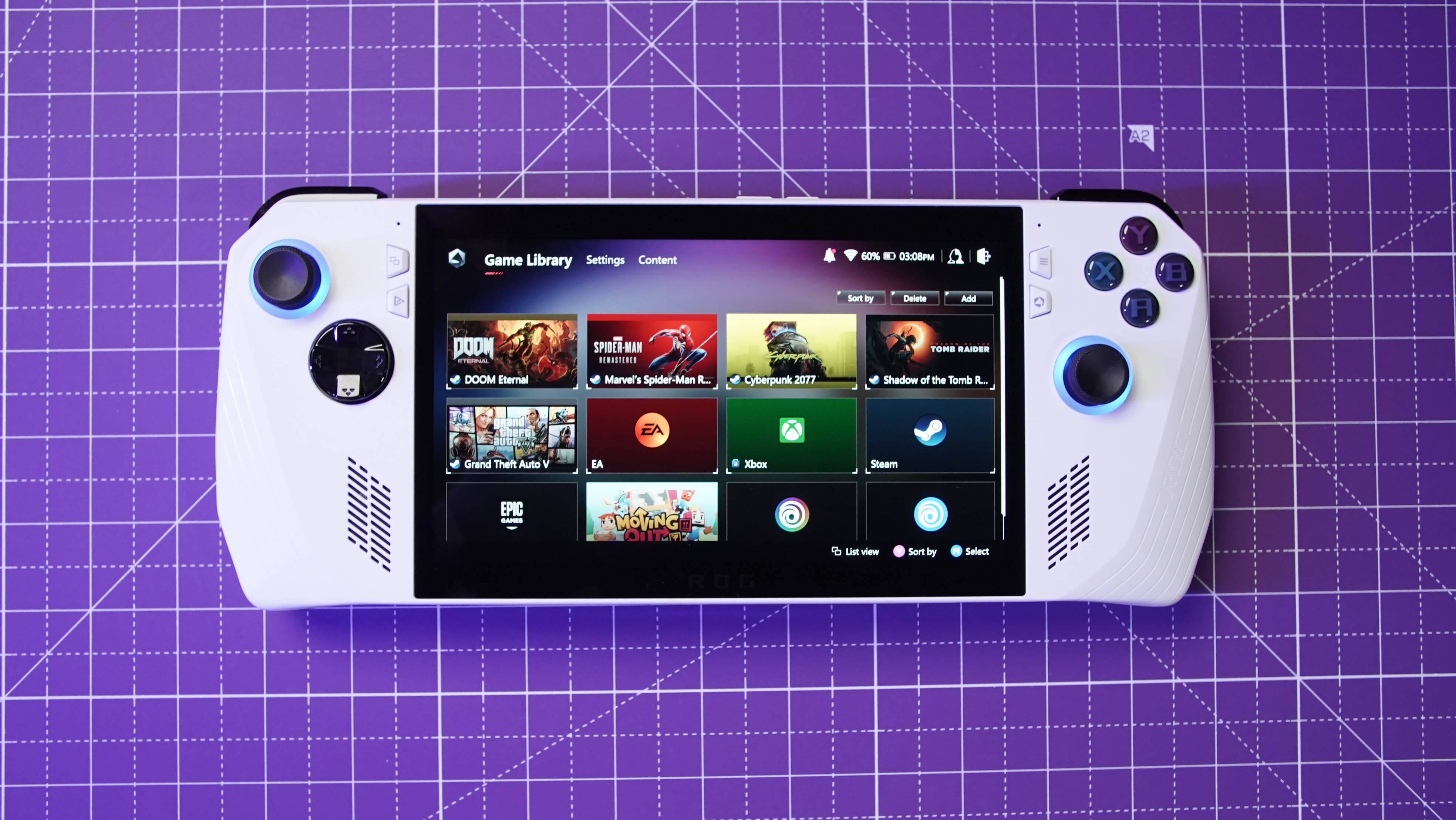
Specifications
Reasons to buy
Reasons to avoid
The Asus ROG Ally might not be the Steam Deck killer we expected, but it's currently the best value Windows handheld on the market. This 7-inch handheld boasts a 120Hz display and a powerful new Zen 4-based AMD APU. Toss in official support from Xbox and the ability to play any Windows-compatible game out of the box, and the ROG Ally should theoretically decimate Valve’s portable gaming device. Yet that’s simply not the case when you have my beloved Steam Deck OLED out there.
Better specs on paper don’t always make for a better gaming experience, though I appreciate the ROG Ally’s 1080p display that delivers sharp visuals at a smooth refresh rate. Games can also run at 60 frames per second and above, thanks to the new Ryzen Z1 Extreme processor. On top of that, the handheld’s ergonomic design makes it a pleasure to hold, from my experience — not to mention how comfortable it proves to use for long stretches of time. There’s a lot I like about the ROG Ally.
Despite its virtues, the Asus ROG Ally can’t topple the Steam Deck OLED. Yes, it has a sharper display and a faster processor, but the gains from these are arguably negligible — especially when you have to run games at 720p to get nominally better performance. Worst of all is the lack of a dedicated user interface like SteamOS. The Asus Armoury Crate app does a decent enough job of gathering games in one spot, but it’s nowhere near as intuitive or functional as Valve’s operating system.
Read our full Asus ROG Ally review.
The best handheld console for Xbox gaming
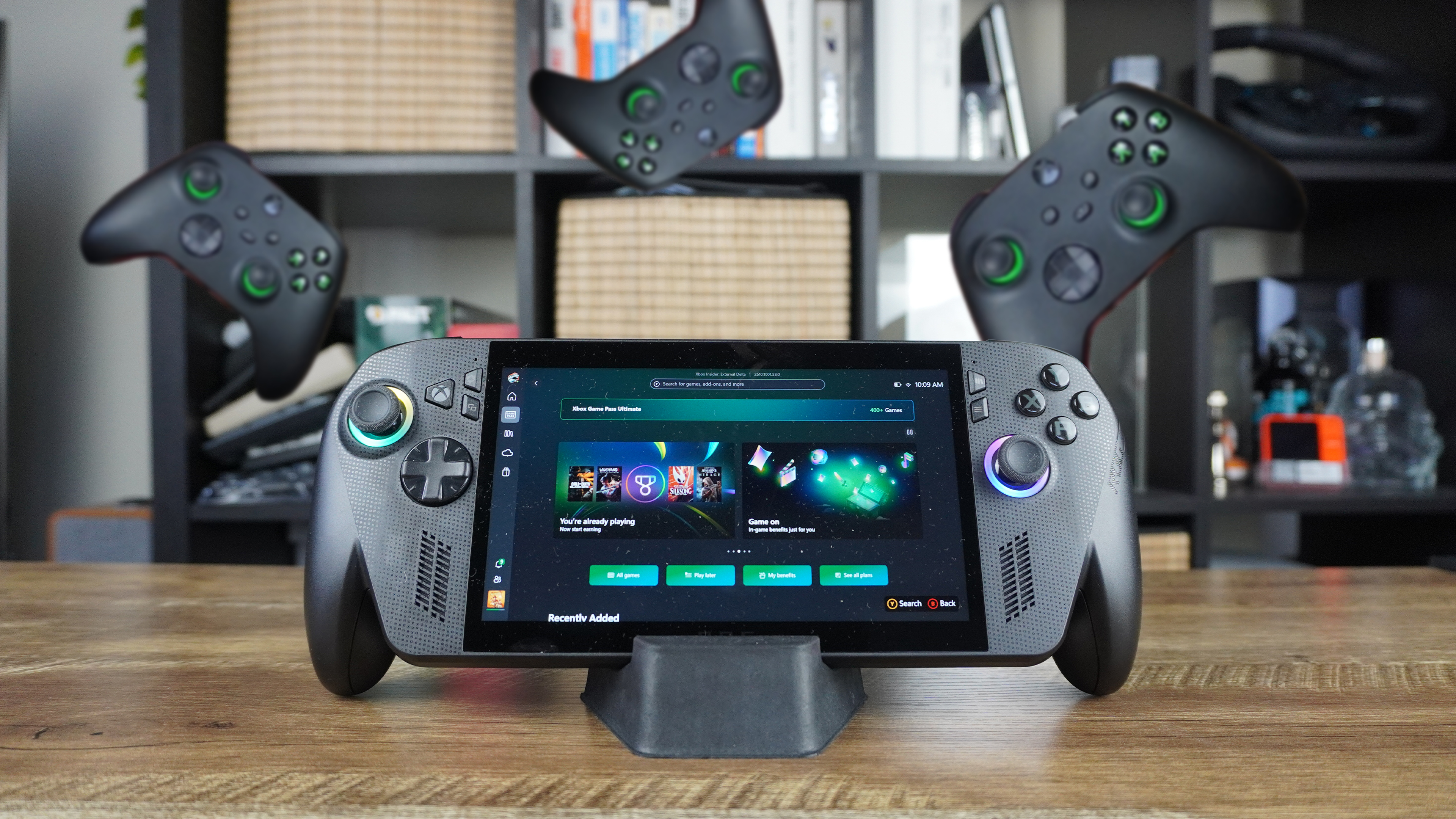
Specifications
Reasons to buy
Reasons to avoid
Despite what Microsoft says, the Asus ROG Xbox Ally X is not an Xbox! That said, it's still an impressive leap forward for handheld gaming. From the simplification of Windows 11 to boot straight into an easy-to-use Xbox UI, to the ergonomic design and the power under the hood, it’s almost like Microsoft has seen our complaints about Windows gaming handhelds and meticulously addressed each one.
The Xbox controller-inspired body is oh-so comfortable for playing for hours on end, the Ryzen Z2 AI Extreme chip delivers solid performance (further enhanced by a streamlined version of Windows 11), and the 80 Wh battery easily gave me around three hours of playtime on one charge. This is certainly one of the best gaming handhelds you can buy.
But at $999? This is a pricey purchase — one that only serious gamers with dense PC libraries should pay for. And notice that I said “PC,” because the “Xbox Play Anywhere” branding is sure to create some confusion amongst long-time Xbox players looking to dig up their entire library.
Though it's not perfect, the ROG Xbox Ally X is certainly a phenomenal handheld, whether you're an Xbox or PC player.
Read our full Asus ROG Ally X review.
The best premium Switch
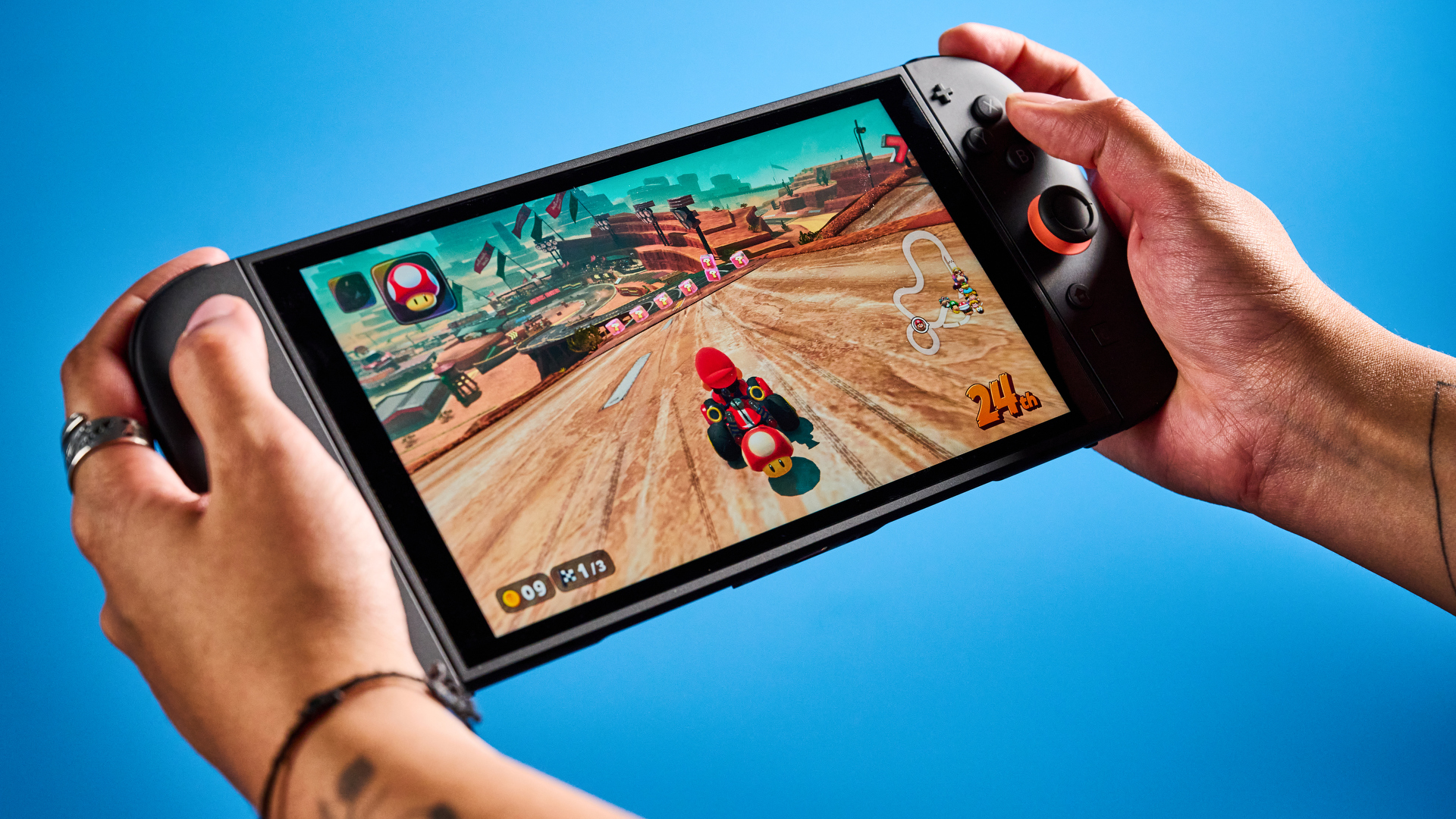
Specifications
Reasons to buy
Reasons to avoid
The Nintendo Switch 2 is quite an un-Nintendo-like follow-up. Instead of introducing a brand-new form factor, the Japanese gaming titan opted to skip the gimmicks and instead deliver a console that iterates on its predecessor. Giving gamers more of the same but with across-the-board upgrades was a wise move.
This handheld/console hybrid feels like the ultimate version of the Switch concept. It takes everything that worked before and buffs it to a fine sheen. This new system has a larger 7.9-inch 1080p 120Hz display and an upgraded custom Nvidia chip with DLSS, which makes it a rival to machines like the Steam Deck OLED and Asus ROG Ally.
As before, you can slip the system into its dock to switch between playing on your TV or on the go in just seconds, effectively giving you two gaming machines in one. No matter which way you play, you'll be treated to sharp visuals and smooth performance. Because of that, the original Switch feels like a proof of concept in comparison.
These upgrades don't come without some caveats. Due to the extra power under the hood, battery life takes a big hit. Don't expect the Switch 2 to last more than two hours in handheld mode. The Switch 2's larger size can also highlight issues with the console’s flat design that lacks built-in ergonomic grips.
Priced at $449, the Nintendo Switch 2 is squarely in the "premium" category. The hybrid is a more substantial investment and less attractive as a second console for those looking to play exclusive games like Mario, Zelda and Kirby. However, given the admittedly impressive improvements, the price is justified. Right now, this is the ultimate Nintendo Switch console available.
Read our full Nintendo Switch 2 review.
The best premium gaming handheld
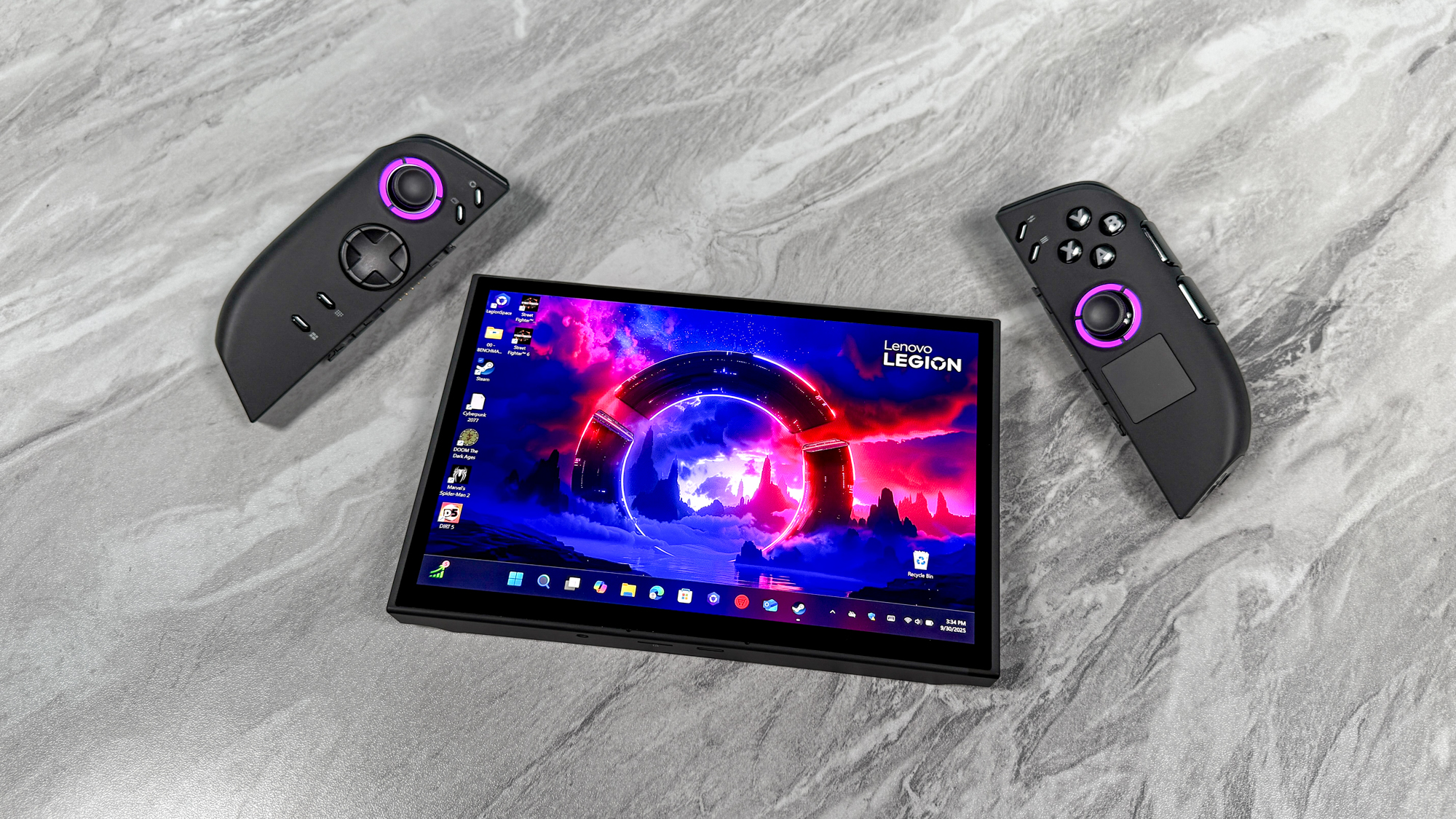
Specifications
Reasons to buy
Reasons to avoid
The Lenovo Legion Go 2 updates the original Legion Go in meaningful ways thanks to its vibrant OLED panel, ergonomic design and new AMD Ryzen Z2 chip. Like before, Lenovo’s device also has Nintendo Switch 2-like detachable controllers and runs on Windows 11. While the Legion Go 2 is certainly impressive, all those updates come at a steep cost.
The large 8.8-inch OLED touch display is a marvel to behold, and makes the 7- or 8-inch panels on rival handhelds appear tiny in comparison. It’s hard to properly convey how great the OLED appears in person, but suffice it to say it’s arguably the best-looking screen on a handheld.
As one of the few gaming handhelds to feature the latest AMD Ryzen Z2 or Ryzen Z2 Extreme chip, the Legion Go 2 is capable of delivering impressive performance. We say it’s “capable” since you’ll need to tinker with the in-game graphics and display settings—not to mention turn on the frame-boosting FSR in games that support it—to get the best results. While you might not see radically better performance in comparison to other handhelds, the extra 5-10 frames can make a big difference.
The Legion Go 2 is the largest gaming handheld from a major manufacturer. While it’s more comfortable to hold thanks to its rounded edges, it can still get heavy after prolonged use. Thankfully, you can use the built-in kickstand and set the device on a desk while you play. You can also detach the controllers while the handheld is in “tabletop” mode, if you want.
While we like what the Legion Go 2 has to offer, it won't be one of the best handheld gaming consoles for everyone, and not just because of the steep asking price that can climb as high as $1,479. As always, Windows 11 is still clunky to use on a handheld. We also wish the battery life were longer.
Faults aside, the Lenovo Legion Go 2’s amazing OLED display, unique design and strong gaming performance might make the system worth the high asking price for some.
Read our full Lenovo Legion Go 2 review.
How to choose the best handheld gaming console for you
The best handheld gaming console for your needs depends on where you want to use it. If you value performance above all, then you'll want handhelds packing an AMD Ryzen Z2 Extreme chip, such as the Legion Go 2 and ROG Xbox Ally X. Conversely, if you want a simple-to-use machine that you can hook up to a TV, the Switch OLED is the best option.
Price is also a consideration. The original ROG Ally and Switch OLED are the most budget-friendly handhelds we've listed above. Conversely, if you want your handheld to double as your PC, any of the Windows machines will fit that task. The latter devices are also good if you want more versatility than SteamOS offers.
How we test handheld gaming consoles
Windows handhelds are the easiest to test since our benchmark tools are compatible with Microsoft's operating system. However, we don't have a standardized procedure for testing Nintendo devices or machines running on SteamOS. Instead, we draw from our experiences with these devices after we give them full reviews. A Nintendo Switch and a Legion Go S, for example, fill very different roles, so devising apples-to-apples tests for them is nearly impossible.
Instead, we evaluate each system’s game library, as well as how well it plays games relative to its hardware. The Lenovo Legion Go 2 is more powerful than the Switch OLED, but the latter is tailor-made for console gamers, whereas the former is for hardcore PC players.
To earn a spot on this list, a system simply has to play excellent games and be (relatively) small enough to transport easily. For anything beyond that, we rely on our qualitative judgment.
Get instant access to breaking news, the hottest reviews, great deals and helpful tips.

Jason brings a decade of tech and gaming journalism experience to his role as a Managing Editor of Computing at Tom's Guide. He has previously written for Laptop Mag, Tom's Hardware, Kotaku, Stuff and BBC Science Focus. In his spare time, you'll find Jason looking for good dogs to pet or thinking about eating pizza if he isn't already.
- Tony PolancoSenior Computing Writer
- Darragh MurphyComputing Editor
